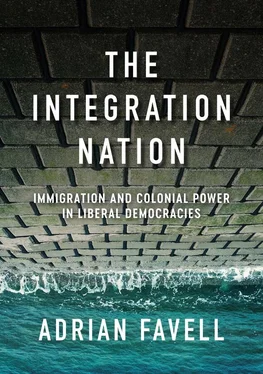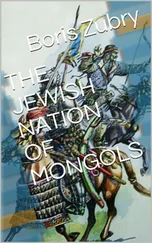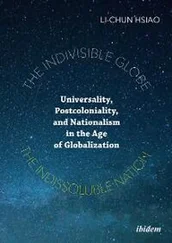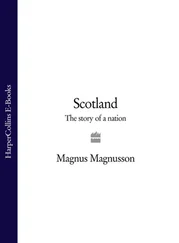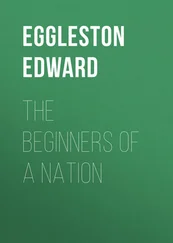This circular reasoning underlines the normative affirmation via notions of immigration and integration of the necessary nationalization of a population which belongs here in this territory, to this society, and the distinctions it must draw between itself and all those considered as ‘foreigners’ and ‘aliens’, who do not; it is, in effect, a question raised anew as an anomaly in the modern world system every time a foreigner crosses a border, and potentially changes jurisdiction, as an ‘immigrant’ (Joppke 1998b). An additional anomaly occurs in colonial settler states as they become reconceived as immigrant ‘integration nations’: where immigrants over time effectively become the ‘natives’ and indigenous populations become ‘national minorities’, also needing ‘integrating’ (Mamdani 2020; Sharma 2020).
In spatial terms, these normative definitions and delineations of immigration and integration continue to play a key role in sustaining the conventional ‘container state’ view of national society – the so-called ‘Westphalian’ view of the state that has been a cornerstone of international relations for centuries (Shachar 2020). That this view of sovereignty has been variably effective and imperfect as a source of state power in history (Krasner 1995) does not vitiate its role as a normative foundation of the ongoing nationhood of liberal democracies. It is the view of society literally as a box, with hard bordered lines corresponding to territory differentiating it from the world, inside which there is an individualized, named population of citizens, distinct from the rest of the world. How successfully this society is contained and maintains this distinction defines its legitimated power as a nation-state. The people as nationals constitute this container: they are distinct from all other populations in the world, and they are the totality of this society. If it is a liberal democracy, the state is also thought to be made up of and by these people: the collective power held by the state is the expression of their sovereign voice, precisely as a ‘people’. This is the famous book cover image of Leviathan from Thomas Hobbes. The ideal type of sovereignty here may of course fail empirically to eliminate all the anomalies and noise in the actual population as it is defined; but, as an ideal type, it works in the same way as the unquestioned notion of ‘democracy’ as a source of legitimated political power, whatever the imperfections in the participative process.
Classically, in demography, the principal way this contained, bordered population can change is through births and deaths. These, of course, the state counts and tracks, marking births and deaths with (named) registration. The national society is made up of the output, as it were, of this population. Population typically grows with modernization, although this has been changing with declining fertility in some of the most advanced societies. Outside of this, the only other way a population can change is through migration. People can leave and emigrate (although it is rare to move away and lose your citizenship). Or people can join: what is called ‘immigration’. In many countries in the world, immigration is now a more significant factor of population change than births and (minus) deaths. With the question of migration, demography becomes political. If the world might be said to contain multitudes, whose mobility and diversity are potentially infinite, how the advanced nation-state-society captures, contains, de-complexifies and processes what it allows in – as immigration – becomes key to its ongoing power and self-reproduction.
The view I present here contrasts with much of critically oriented migration studies which understandably focuses its fire on the more obvious, spectacular ways in which nation-states assert their power against migrants: wall building, violence and repulsion at borders, surveillance, deportation, legal exclusion and so on (De Genova 2010, 2017). Yet an even greater, distinctively liberal democratic power over migrants lies in the differentiated way some populations continue to be let in, accepted and included – as ‘immigrants’ (see also Joppke 1998c). If migration is anomalous to the view of world population divided exhaustively into stably defined, territorial nation-state containers, integration works to resolve the anomalies inherent in these international population movements. Narrowing down the notion of immigration and who is an immigrant is key to this. It must involve the definitive transference of a person’s status from one jurisdiction to another. When exactly the status change happens is often not entirely clear. It is usually not at the border. Formally, in international statistics on stocks and flows of population, it is after one year of residence – although some temporary residents stay much longer (they may or may not get counted as ‘immigrants’). If there was an overarching authority monitoring the change, residence status would pass exhaustively from one box to another. This is, however, more often not the case, despite international law: with at least two states in play, people may retain their former nationalities and have membership rights or access to resources in other boxes in all kinds of ways – including sometimes multiple residences (Koslowski 2000).
These issues are among many anomalies that create noise in the international system of populations and the national statistics it reflects; blurring the borders, undermining national power. In the terms of James C. Scott (1998), some of these populations have not yet been rendered fully legible to the receiving state. Even more anomalous, though, is the fact that, at any given moment, there are very large numbers of people present in the receiving box – for shorter and longer periods of time – who are not counted as part of that society’s integrated population. These will include ‘illegal’, i.e., undocumented migrants: the most obvious anomaly in the system and the focus of a huge part of the political discussion on immigration (Gonzales et al. 2019). Humanitarian migration, clearly too, is a massive ‘crisis’ for the nation-state to resolve – although it remains a small proportion of the overall permanent migration flows to OECD countries (see Safi 2020: 15–16). Yet alongside these are much larger, less obvious, anomalous populations who are perfectly legal. Though less visible, and perhaps not even thought of as ‘migrants’, they are no less important to affirming the nation-state’s power.
It might help to take one such container box as an example. The United Kingdom has a population of about 66 million, with approximately 6.2 million non-national residents (House of Commons 2020) – and this is not counting its sizeable, but undocumented, irregular population, estimated variably between 150,000 and one million (Walsh 2020). So almost 10 per cent of the population is not British; one in ten persons stably present is not a national. Over half of these non-nationals until recently have been European Union (EU) citizens; many others come from other affluent nations around the world, some from the UK Commonwealth. The state has an intense interest in managing this population, and they are usually counted in the overall population. Yet they are not counted as members (i.e., they are not nationals or citizens), are often not seen as ‘immigrants’ (although they may be) – many are ‘White’ and ‘western’ and not at all disadvantaged – and fall outside many of the issues of integration which typically define who is an immigrant. Normatively, they are not part of any national self-conception – or, officially, the ‘output’ of the nation. By definition, they are foreigners , even if many have been participating in and contributing to everyday British society for years.
Читать дальше
